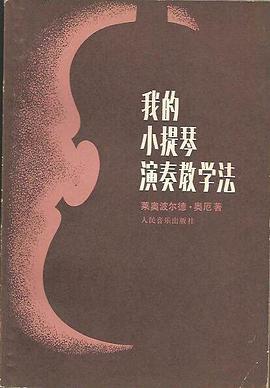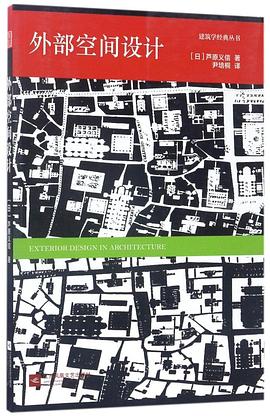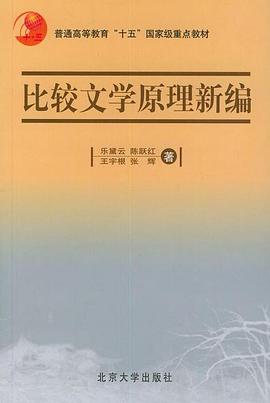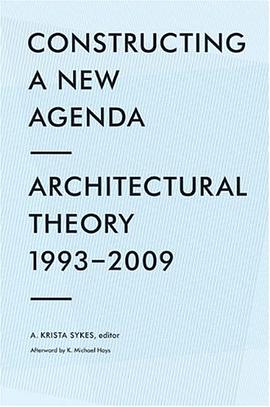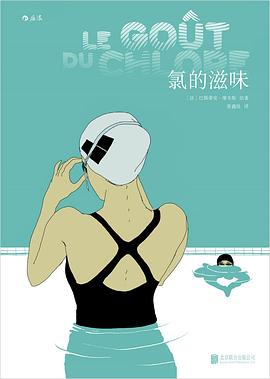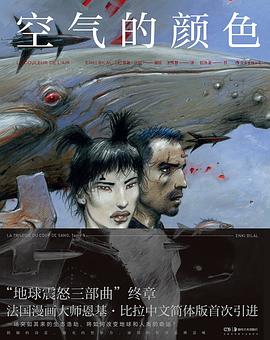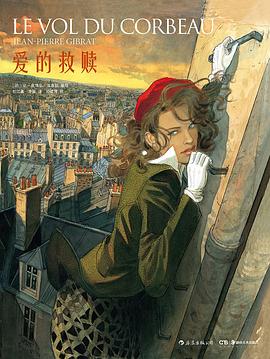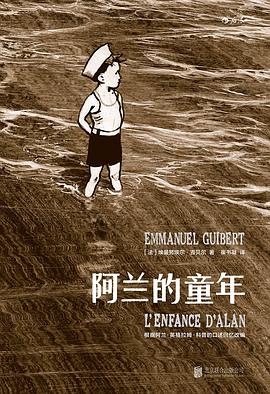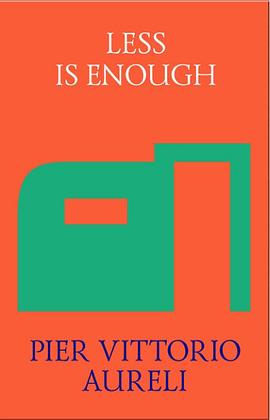

具体描述
“Less is more” goes the modernist dictum. But is it? In an age when we are endlessly urged to do “more with less”, can we still romanticise the pretensions of minimalism? For Pier Vittorio Aureli, the return of “austerity chic” is a perversion of what ought to be a meaningful way of life. Charting the rise of asceticism in early Christianity and its institutionalisation with the medieval monasteries, Aureli examines how the basic unit of the reclusive life – the monk’s cell – becomes the foundation of private property. And from there, he argues, it all starts to go wrong. By late capitalism, asceticism has been utterly aestheticised. It manifests itself as monasteries inspired by Calvin Klein stores, in the monkish lifestyle of Steve Jobs and Apple’s aura of restraint. Amid all the hypocrisy, it must still be possible to reprise the idea of “less” as a radical alternative, as the first step to living the life examined.
作者简介
Pier Vittorio Aureli is an architect and theorist. He currently teaches at the Architectural Association School of Architecture in London, and is visiting professor at Yale University. He is the author of many essays and several books, including The Project of Autonomy (2008) and The Possibility of an Absolute Architecture (2011).
目录信息
读后感
A critic towards the contemporary world of design, the world largely relies on creativity, where the possibility of creating a new structure of life has been ironically uprooted. In the world ruled by capital, less is never more, less is less, and there is ...
评分In essence, it is a book that is less about how we design architecture, but about how we live. For me, the inspiring point is the interpretation of asceticism as everyday activities that train our body and mind instead of an ideology. It is precisely when w...
评分In essence, it is a book that is less about how we design architecture, but about how we live. For me, the inspiring point is the interpretation of asceticism as everyday activities that train our body and mind instead of an ideology. It is precisely when w...
评分In essence, it is a book that is less about how we design architecture, but about how we live. For me, the inspiring point is the interpretation of asceticism as everyday activities that train our body and mind instead of an ideology. It is precisely when w...
评分In essence, it is a book that is less about how we design architecture, but about how we live. For me, the inspiring point is the interpretation of asceticism as everyday activities that train our body and mind instead of an ideology. It is precisely when w...
用户评价
Very brief, delicate, yet powerful.
评分http://thecityasaproject.org/2015/05/the-theology-of-tabula-rasa-walter-benjamin-and-architecture-in-the-age-of-precarity/
评分http://thecityasaproject.org/2015/05/the-theology-of-tabula-rasa-walter-benjamin-and-architecture-in-the-age-of-precarity/
评分第六章论述精彩。http://www.douban.com/note/327832684
评分在这种情况下的「少即是足」充其量只不多是对我们日益增加的危险状态的嘲弄,因为我们现在知道,少就是少,再怎么少也不会变得罗曼蒂克。同时,就在创新行业中工作和下班的界线已经模糊了,生命已经成为了生产(和剥削)的源泉——它本应专注「生活的艺术」,并藉此来反抗。禁欲实践给我们的教训应该是通过对生活的关注来改变现状——甚至从现状的物质和组织层面看到改变生活的可能。
相关图书
本站所有内容均为互联网搜索引擎提供的公开搜索信息,本站不存储任何数据与内容,任何内容与数据均与本站无关,如有需要请联系相关搜索引擎包括但不限于百度,google,bing,sogou 等
© 2025 book.quotespace.org All Rights Reserved. 小美书屋 版权所有

